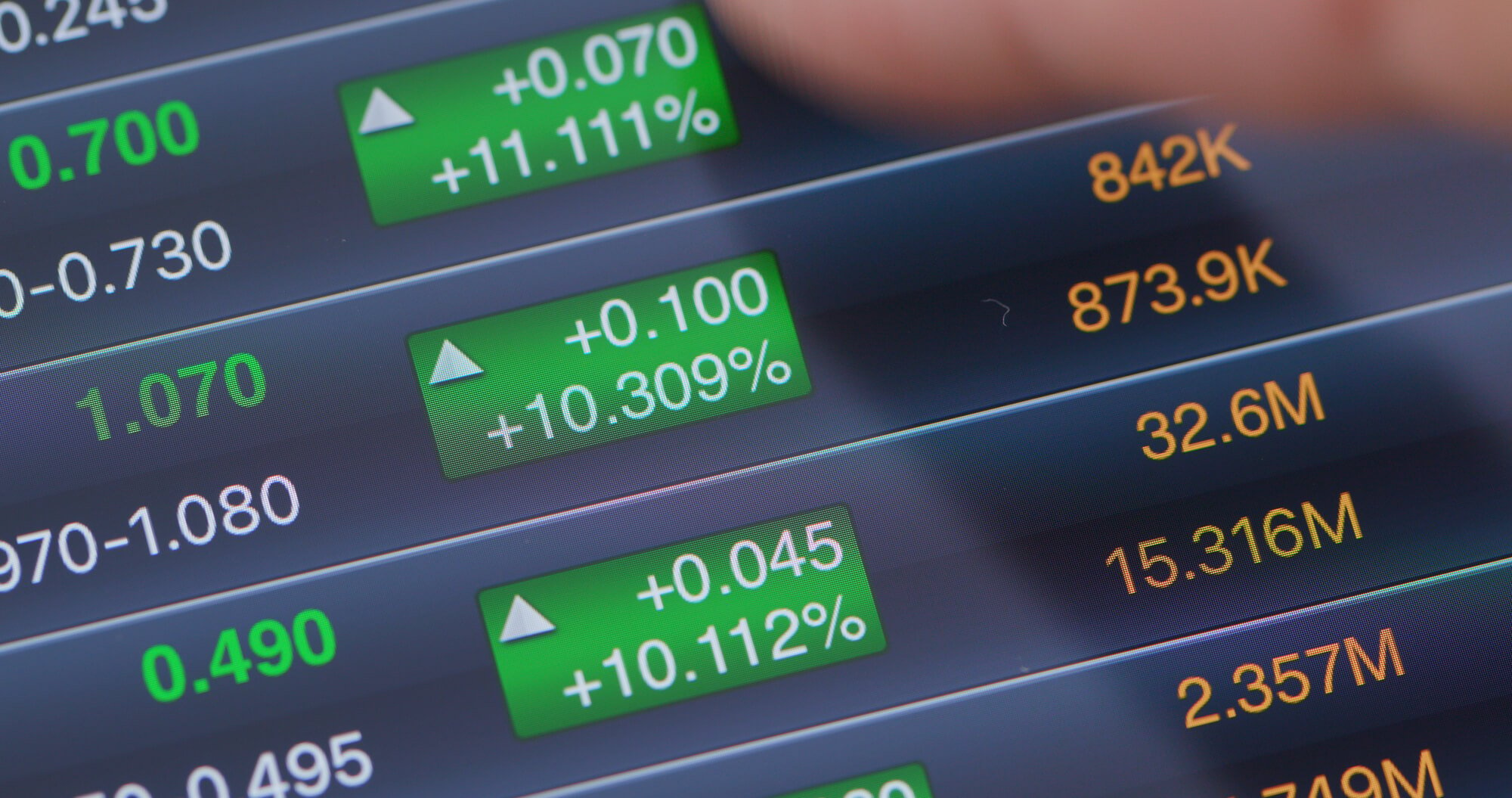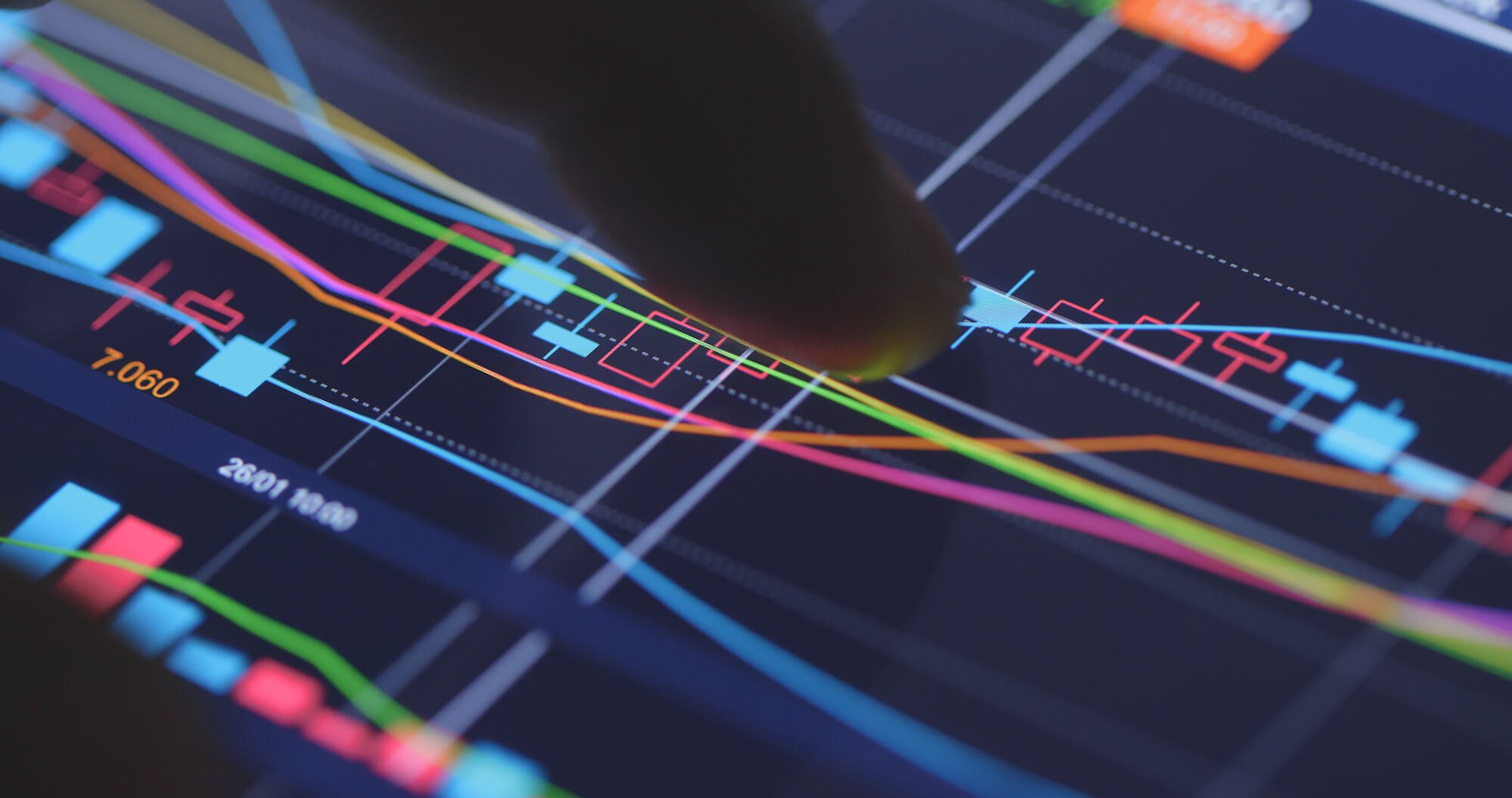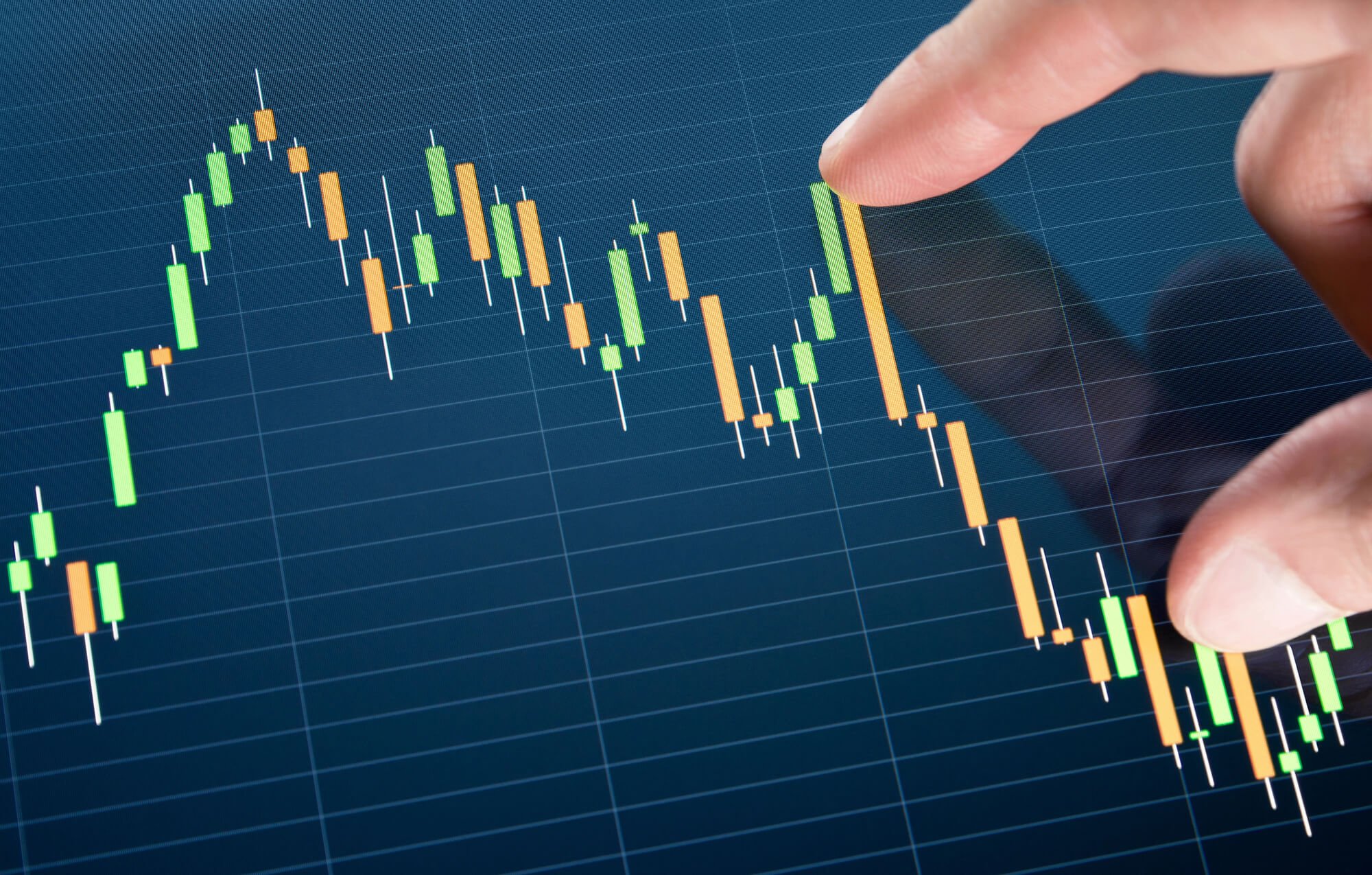Investors rely on market indicators to gauge the direction of the economy as a whole. Lagging economic indicators tend to confirm trends that are already happening, whereas leading economic indicators can be used to predict future trends. Coincident indicators occur in real-time, giving investors a snapshot of the economy’s current state.
In other words, economic indicators can either confirm or predict a pattern, which investors can use to influence their trading decisions. The following outlines different types of economic indicators and explains how they affect stock market performance.

Lagging Economic Indicators: Examples
What are lagging economic indicators used for? Lagging indicators are known after a specific event occurs. This allows economists and investors to identify a historic trend.
Assuming the variables remain constant, this trend will remain true for the present as well, which is important for understanding current market conditions. Here are some examples of lagging economic indicators.
Unemployment
Unemployment rates are a major lagging economic indicator. When people start to lose their jobs, it’s typically a clear sign that the economy is struggling.
Additionally, employers won’t typically start to hire new workers until they believe that the economy is rebounding, which means that unemployment may continue even in an economic boom. Unemployment is therefore a powerful indicator of past economic trends and can be combined with leading indicators to predict future growth.
Consumer Price Index
The Consumer Price Index (CPI) measures changes in the inflation rate. A rise in the CPI indicates price increases, which will impact corporate revenue as well as consumer behavior.
Investors should note the importance of measuring the CPI for the U.S. economy as a whole. However, they should also focus on individual industries like energy costs or healthcare because their rates of inflation may differ from those of consumer goods.
Corporate Profits
When investigating stocks, corporate profits can be an important lagging indicator. Corporate profits are typically provided on a quarterly basis, and the results from the most recent quarters will provide insight into the most recent economic performance of a single company.
There is one major advantage of this lagging economic indicator. You can use this approach to analyze the performance of an individual company rather than the economy as a whole.
Dow Jones Transportation Average
Investors can use the Dow Jones transportation average to track the performance of companies that actually ship consumer products. When the Transportation Index rises, it indicates that consumers have not canceled their orders between the time of filling the order and final delivery. This lagging indicator can be paired with the Durable Goods Order Report, a leading indicator that offers insights into buying trends within the U.S.
Leading Economic Indicators: Examples
What are leading economic indicators? Leading indicators are those that point to future trends. This makes them more predictive than lagging indicators, though investors can use both lagging and leading indicators to confirm the existence and direction of trends.
A number of leading indicators can be used in trading economics. Here are some frequently used examples.
Overall Money Supply
When a lot of money is in circulation, it’s usually a signal of a strong economy. That’s partly because a strong money supply corresponds to a greater potential for consumer spending, which in turn leads to business expansion and corporate growth.
New Housing Stats
Housing stats also predict a strong economy. In particular, rising housing stats signal optimism about future demand for newly constructed homes. Just be aware that this specific indicator may reflect seasonal demand in the housing market. Thus, a decline in winter may not necessarily mean there’s been a deviation from a year-to-year trend.
Purchasing Managers’ Index
The purchasing managers’ index is used in the manufacturing and service sectors to indicate growth in a country’s gross domestic product (GDP). When the index rises, it announces an increase in demand for materials from businesses, which reflects industry growth.
Durable Goods Order
With so much concern over the global supply chain, the durable goods order is a survey used to measure activity in the durable goods sector. The U.S. Census Bureau maintains data and provides summary reports that track manufacturing data, such as the report from 2023.
Strong performance indicates an efficient supply chain. In turn, this yields positive returns for businesses across many economic sectors.
Yield Curves
Yield curves bring a slightly more technical type of indicator to trading economics. A yield curve plots the interest rates of bonds with differing maturity dates, and the shape of the resulting curve shows the overall direction of the economy. It also signals the potential for inflation and higher interest rates.

Comparing Lagging vs. Leading Indicators
How do lagging economic indicators differ from leading economic indicators? Here’s a quick rundown of their critical features and differences:
- Leading indicators predict trends, while lagging indicators point to historical data
- Leading indicators are not always accurate
- Lagging indicators are more accurate when based on measurable past data
- Lagging and leading indicators can be used together to predict or confirm trends
Investing relies on predictions. As such, it’s important to remember that past trends don’t always continue, nor do future forecasts always come true.
However, investors can rely on economic indicators to confirm a previous trend and use data to make predictions about the market’s future performance. They can even use it to predict the performance of an individual company or sector.
For best results, investors should look at multiple lagging and leading indicators to confirm trends. Be cautious of conflicting forecasts, though, as these can point to uncertainty about underlying trends.
You can also view lagging and leading indicators alongside coincident economic indicators. This combination can provide a better view of the current state of the market and U.S. economy.
Coincident Economic Indicators
What are coincident economic indicators? These indicators provide a snapshot of the economy as it presently stands.
In turn, coincident indicators don’t necessarily offer a predictive quality. Instead, they provide investors with a better view of the present state of a country’s economy. Here are some examples of coincident indicators.
Gross Domestic Product
A country’s gross domestic product is one of the most direct reflections of a nation’s current economic performance. The GDP is a measure of the total value of goods and services sold in a specific time period, so a higher GDP indicates a stronger current economy.
Personal Income
Personal income, wages, and salaries all signal strong economic health. Together, these indicators point to greater consumer purchasing power and the strength of the labor market. This data can be combined with the money in circulation (see above) to confirm the existence of an economic trend.
Retail Sales
Retail sales figures reveal consumer confidence levels and consumer spending patterns. While this doesn’t necessarily reflect a nation’s total economic activity, it can still point toward a robust retail economy. It may also be useful for investors who are eyeing stocks in specific consumer goods.
Average Hours Worked in Manufacturing
While unemployment rates are already a critical lagging indicator, the average hours worked in manufacturing can likewise reflect a healthy economy. This figure measures the average hours worked per week by employees in manufacturing settings, pointing to a greater output.

Research You Can Trust
Whether you’re analyzing the economy for long-term investing or day trading, you need a stock research platform that you can trust. Gorilla Trades members get access to more tutorials, stock picks, and advanced research tools so you can make the most of every dollar you invest. Sign up today for a free trial, and you’ll receive 30 days of stock picks delivered to you for free.




